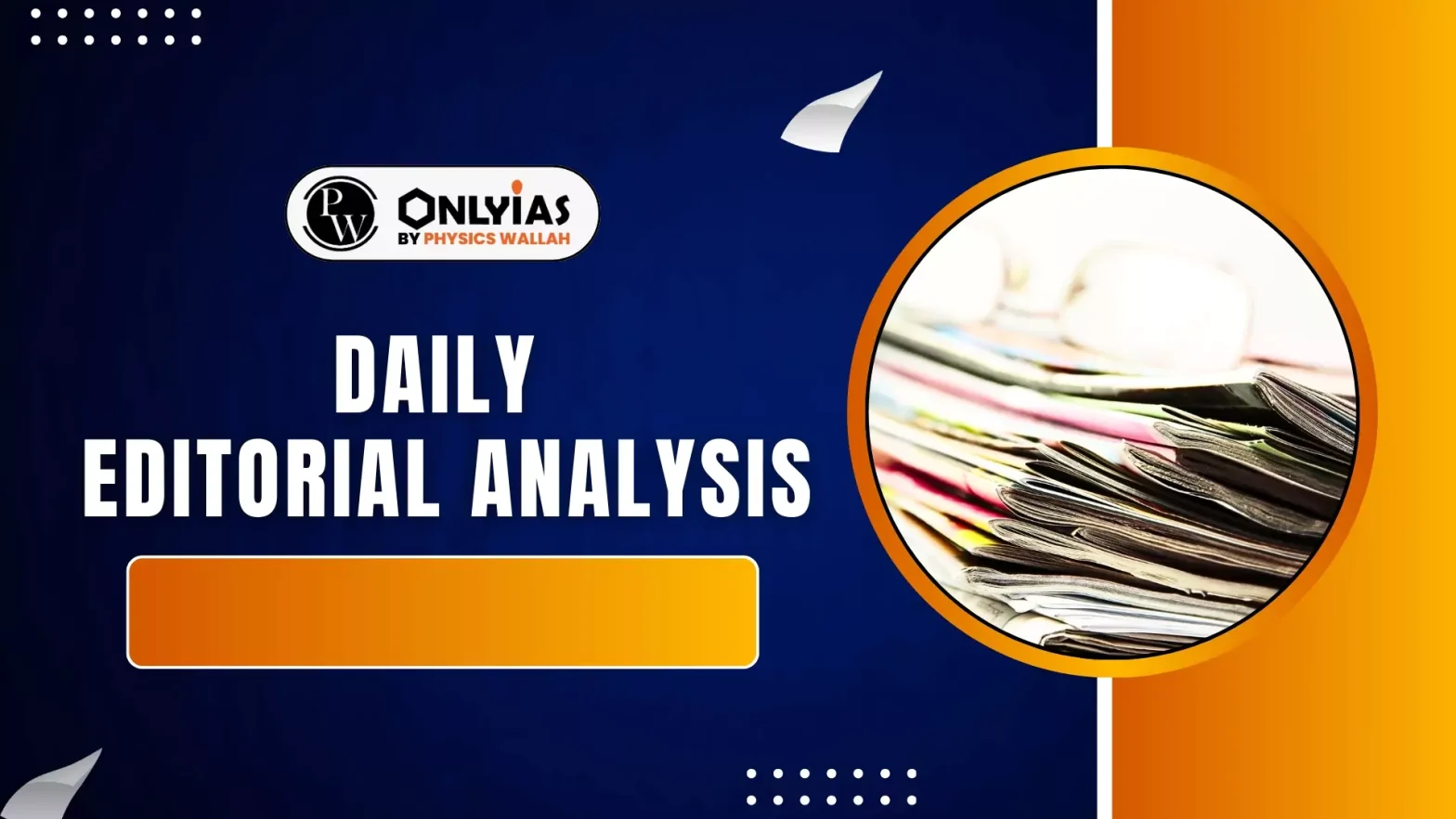Primary Health Centre (PHC) doctors, the backbone of India’s rural and underserved health system, face multidimensional challenges causing burnout and weakening the foundation of primary health care.
Responsibilities of PHC Doctors
- Public Health Programmes: They conduct immunisation drives, disease surveillance, vector control, and school health programmes.
- Community Engagement: They participate in gram sabhas, health education sessions, and inter-sectoral meetings to promote community health.
- Mentoring Frontline Workers: PHC doctors supervise ASHAs (Accredited Social Health Activist), ANMs (Auxiliary Nurse Midwife) , and village health workers through visits, audits, and review meetings.
- Crisis Response: They handle field outbreaks, manage emergencies, and ensure continuity of care in resource-limited settings.
Significance of PHC Doctors
- Foundation of Public Health: PHC doctors serve as the first and often only accessible medical professionals in rural and remote regions.
- Beyond Clinical Duties: They act as planners, coordinators, and leaders, linking national health policies with community needs.
- Population Coverage: A PHC caters to around 30,000 people on average, with 20,000 in hilly/tribal areas and up to 50,000 in urban areas, ensuring health equity across diverse populations.
- Principles of Primary Health Care: Their work embodies equity, community involvement, intersectoral coordination, and pragmatic technology use.
Challenges faced by PHC Doctors
- Clinical Burden:
- High Patient Load: On busy days, a PHC doctor manages nearly 100 outpatients, including up to 100 antenatal women on designated days.
- Wide Medical Spectrum: They must remain updated across all domains — pediatrics, geriatrics, infectious diseases, trauma, mental health, and chronic illnesses.
- Constantly evolving treatment guidelines and national protocols add to their workload.
- Administrative Overload:
- Excessive Registers: PHCs maintain over 100 physical registers for outpatient care, maternal health, NCDs, sanitation, and drug inventory.
- Digital Duplication: Platforms like IHIP (Integrated Health Information Platform), PHR (Population Health Registry), HMIS (Health Management Information System), IDSP (Integrated Disease Surveillance Programme) , Ayushman Bharat, and UWIN demand electronic entry in addition to manual records.
- Extended Working Hours: Doctors often stay late to complete paperwork, creating a “second shift” of administrative work.
- Role Misalignment: Physicians trained to heal are increasingly consumed by clerical tasks.
- Systemic Shortcomings:
- Checklist-Driven Certification: Even in advanced states like Tamil Nadu, where 650 PHCs achieved NQAS certification, systemic stressors persist.
- Illusion of Quality: Certification often focuses on checklists rather than creating enabling, humane, and sustainable systems.
- Gap Between Policy and Practice: The system leans on PHC doctors but provides little structural support for their complex roles.
- Burnout Among PHC Doctors:
- Global Recognition: WHO’s ICD-11 recognises burnout as an occupational phenomenon, while The Lancet calls it a global public health crisis.
- Symptoms of Burnout: Emotional exhaustion, detachment, and futility are evident among many PHC doctors.
- Evidence from Studies: A WHO meta-analysis shows one-third of primary care doctors in LMICs report exhaustion; similar findings emerge from Saudi Arabia.
- Mismatch of Expectations: Doctors are expected to provide quality care and execute national programmes without adequate support or recognition.
Way Forward
- Streamlined Documentation: Redundant registers should be eliminated, with automation replacing manual entry wherever possible.
- Delegation of Non-Clinical Tasks: Administrative responsibilities should be shifted to support staff to free up doctors’ time for patients.
- Learning from Global Models: Initiatives like the U.S. 25 by 5 campaign to cut documentation time by 75% must inspire similar reforms in India.
- Empathetic System Design: Systems must shift from compliance-oriented to facilitation-oriented, supporting doctors instead of overburdening them.
Conclusion
Primary Health Centres (PHCs) are vital for achieving SDG 3.8: Universal Health Coverage. Treating PHCs and their doctors as foundational investments—not cost centres—is key to building a resilient health system.
![]() 23 Sep 2025
23 Sep 2025

